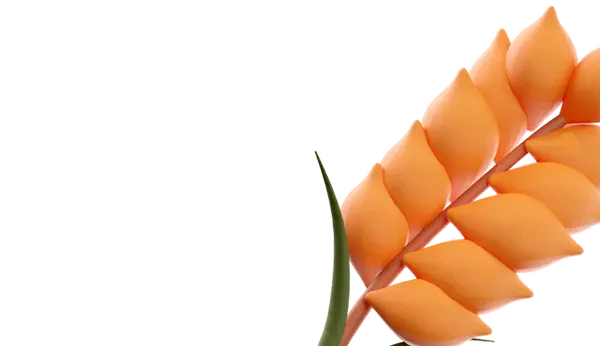Farmers in Perm are facing the consequences of a poor harvest caused by adverse weather conditions - a cold spring and a rainy summer, as reported by "Kommersant" publication.
The Permstat report indicates a significant decrease in the harvest and yield of major agricultural crops in the farms of the Perm Region following the summer of 2024. By now, grain and legume crops have been threshed on an area of 32.9 thousand hectares, which is four times less than last year (130.2 thousand hectares). The volumes of grain and legume crops have also decreased by three times: 75.9 thousand tons compared to 247.7 thousand tons in 2023.
Ivan Ogorodov, the director of the Perm Scientific Research Institute of Agriculture, explained that the main reason for the yield reduction was the spring frosts and prolonged summer rains. Due to excessive soil moisture and lodging of some crops, farmers had to abandon some areas intended for grain crops. Excessive soil moisture particularly affected the quality of seeds, leading to a significant decrease in barley and legume crop yields. The impact of unfavorable conditions will also reflect in the statistical data for potatoes and vegetables, although some adjustments may still be made. Vegetable harvesting, including cabbage, is still ongoing despite the frosts," the expert said.
According to representatives of the regional Ministry of Agriculture, the situation with the amount of rainfall during the summer was not considered extraordinary, although serious soil overmoistening, daily precipitation, and air humidity were observed in six districts of the Perm Region. However, the ministry does not plan to take separate financial support measures due to the weather conditions.
The director of the Perm Scientific Research Institute of Agriculture noted that currently, the regional authorities are focusing on the development of large agricultural producers. At the same time, small representatives of the agro-industrial complex are struggling. Due to the increase in the cost of energy resources and machinery, as well as rising labor costs, farmers have to significantly reduce the areas under grain crops. "Production in small volumes becomes absolutely unprofitable. Without balanced support, the decline in crop production and livestock numbers will continue. To change this trend, large enterprises need to develop much faster than small farms are diminishing," the expert believes.















